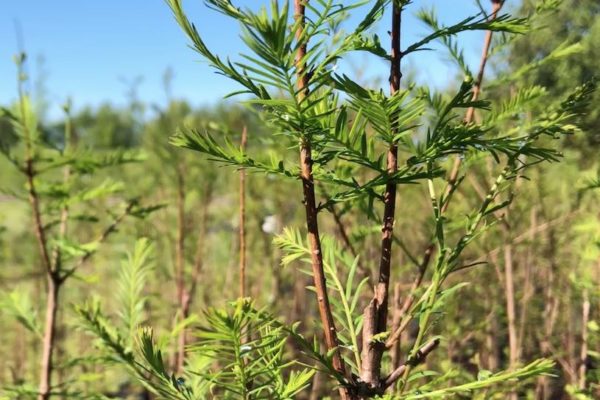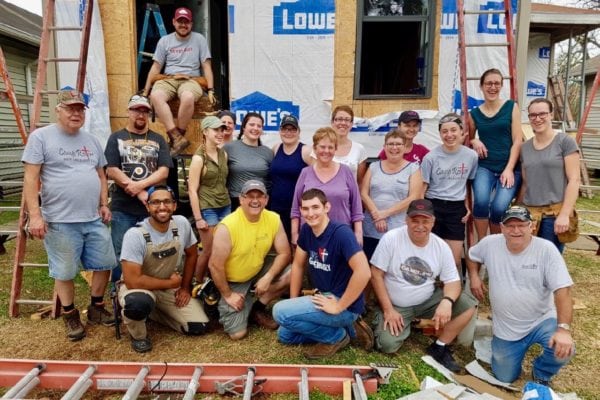Hurricane Katrina has often been described as a man-made disaster, with most national news focused on levee and floodwall failures and the Mississippi River Gulf Outlet (MRGO). The real story, the one that arguably matters most for New Orleans and South Louisiana’s future, is that the core problem isn’t the levee system that failed, but the destruction of protective wetlands.

Levees Along the Mississippi
We begin with a system of levees that, over the past 100 years, has successfully prevented the Mississippi River from annually overflowing its banks and depositing land-building silt across the delta south of New Orleans, as it had for thousands of years before. These river levees unlocked enormous economic potential of the Lower Mississippi River Valley by keeping shipping lanes clear of silt and allowing thousands of acres of floodplain to be used for farming.
As National Geographic noted in an 1897 article written shortly after the river levees and jetties were built, these enormous economic benefits would come at a cost:
“…No doubt the great benefit to the present and two or three following generations accruing from a complete system of absolutely protective levees… …far outweighs the disadvantages to future generations from the subsidence of the Gulf delta lands below the level of the sea and their gradual abandonment due to this cause. While it would be generally conceded that the present generation should not be selfish, yet it is safe to say that the development of the delta country during the twentieth century by a fully protective levee system, at whatever cost… …will be so remarkable that the people of the whole United States can well afford, when the time comes, to build a protective levee against the Gulf waters.”
Corthell, E. L. “Delta of the Mississippi River.” National Geographic. Dec. 1897: 351-354.
One can imagine the National Geographic’s readers of 1897 might be shocked that the land-loss predicted (and the resulting vulnerability of New Orleans to hurricanes) would not be properly countered by an improved levee protection system a century later, allowing a disaster such as Katrina to occur. National Geographic eerily predicted the effects of a worst-case hurricane scenario in a 2004 article, just a year before Katrina.
It would be unfair, however, to hold the Army Corps of Engineers’ levee design and construction from the 1960s solely accountable for the failures of 2005. Over the past 50 years, another form of economic development rapidly accelerated wetlands loss and increased New Orleans’ exposure to storms: oil exploration and production.
Oil Production and Subsidence
Since the 1940s, thousands of miles of access canals cut for highly-productive oil wells and pipelines destroyed thousands of acres of marsh and brought saltwater intrusion deep into Louisiana’s wetlands. As recent studies by the U.S. Geological Survey have revealed, in many areas, land sank below sea level as the oil beneath it was pumped out.

The good news is that the same studies show that as oil production in the wetlands has run its course and dramatically slowed in recent years, so too has wetlands loss.
The Current Situation

Though Louisiana’s wetlands were heavily sacrificed for our nation’s economic gain during the 20th century, the future doesn’t have to look as bleak as the recent past. Echoing National Geographic’s 1897 prediction, multiple Federal and State programs are in the works to further restore the Mississippi Delta’s natural deposition of sediment in the wetlands. There are also numerous corporations (including oil companies), nonprofit organizations and private citizens joining together for the cause.
Restoring Out Wetlands – Part Two
With a solid understanding of the importance of our wetlands and the man-made causes of their destruction, next up is a look at what specifically is being done to restore them and how you can be part of the effort! Restoring Our Wetlands – Part Two.



